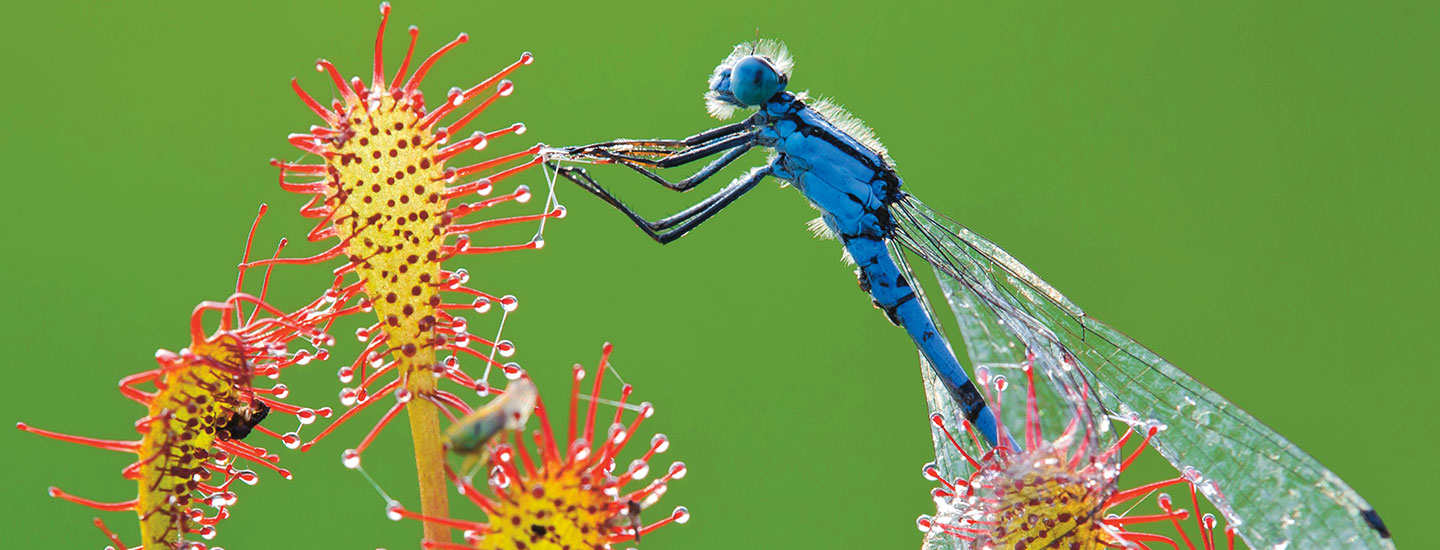A fly buzzes over a swamp and catches the sweet scent of nectar. Following the scent to its source, the fly lands on a bright-red leaf and—SNAP! It’s trapped between the leaves of a Venus flytrap. Over the next 5 to 12 days, the plant will digest its meal.
Why does the Venus flytrap do this? The swampy soil where it lives lacks important nutrients the plant needs in order to grow. That means it must turn to another source: insects.
A fly buzzes over a swamp. It notices the sweet smell of nectar. Following the scent to its source, it lands on a bright-red leaf. Suddenly—SNAP! The fly is trapped between the leaves of a Venus flytrap. Over the next several days, the plant will digest its meal.
Why does the Venus flytrap do this? It lives in swampy soil, which lacks nutrients the plant needs in order to grow. So the plant turns to another source: insects.

